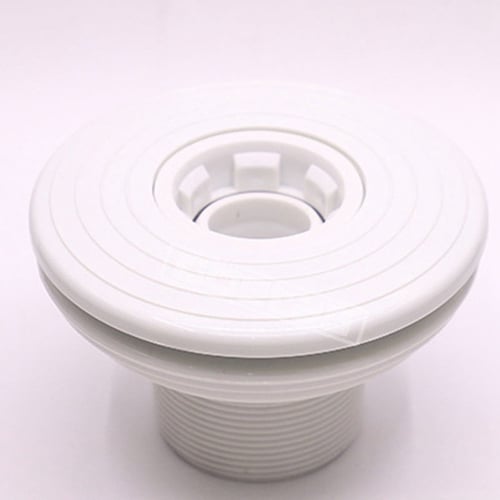
Pool is a classic game. In the 15th Century, pool was a form o croquet. Later, pool was used to bet. This led to the development of the pool hall. Today pool can be enjoyed in many countries, including the United States of America, Europe and the Philippines. There are many myths surrounding this popular sport. It is highly controlled and requires skill. It is also a game of chance.
A cue and a ball are used to play pool. Although the balls may be small, they play a crucial role in the pool game. They also have a wide range of shapes and patterns. Knowing how to properly use the balls is crucial in order for you to fully understand the game. This can make it difficult to understand the ball's reactions to different shots.
Before the 19th century, most pool balls were made of wood. In the first years of the century, pool players began to use other materials such as clay. The balls were made of plastic after the middle of the 19th century. Some balls were made from ivory. Ivory balls are expensive and still available for purchase up until 1920. But they weren't very stable. Celluloid was also discovered and accepted widely.

In 1907, the American chemist Leo Baekeland discovered petroleum-based plastic. This material was perfect to use for pool balls. Plastic was eventually found to work well as a substitute for the original wood balls.
Pools were first installed in parlors to allow people to wager on horse races. Because of this, the name of that game was changed. The French queue was originally the name of the game. It was used to ensure that horses did not cross the finish line.
Since then, the games of pool and billiards have evolved from a lawn game to a game that is played indoors. The most common pool types include nine-ball (9-ball), seven-ball (10-ball), and carom (10) Pool players today can either be single or as a team. Although the rules of pool are standard, players still need to be able to identify themselves. For a player to win, they must be aware of all the regulations and rules.
Although most pools are located in public areas, it's important to be aware that untreated pools can pose dangers. Public pools are full germs and can prove very dangerous. They can not only cause harm to your health, but they can also cause inconvenience and frustration. Many adults confess to swimming for relief.

The most dangerous pool accidents involve children. Salt chlorination systems are becoming more popular over the past decades. These technologies can make your pool safe. However, these systems do not work for every type of pool. Also, you might want to look into algaecide. This works best when combined with chlorine sanitizer.